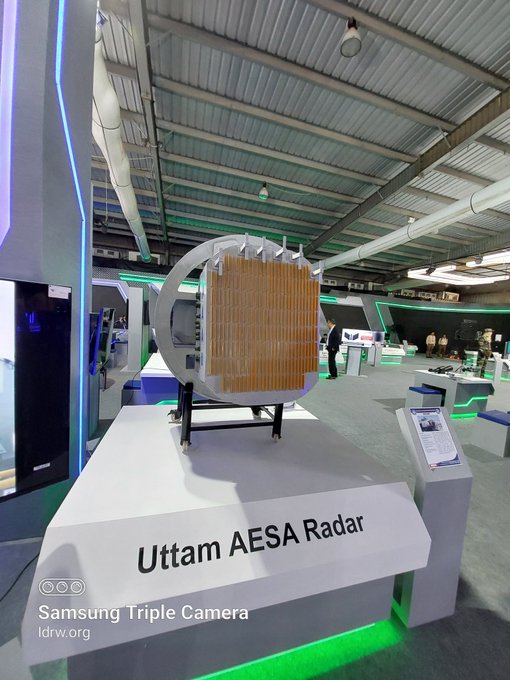SOURCE: DEEPAK HILORI/ FOR MY TAKE / IDRW.ORG

India will commence work on the development of a new indigenous radar that will be customized for its Su-30MKI fleet replacing its huge N011M BARS Radar, which even after 25 years is still an impressive radar on any aircraft that has acquired a cult status as ” Mini AWACS” in the Indian Air Force due to its ability to see even small single-engine fighter jets as far as 200km.
Uttam Mk3 will be replacing a legendary Radar and it will be the biggest and most powerful radar that will be developed by India to date that will come with impressive performance and also allow the Su-30 fleet to remain relevant for the next 30 years.
Su-30 aircraft is huge aircraft so is its nose cone that can accommodate an AESA antenna with a small solid-state transmit/receive module (TRM) nearly twice the size of the current Uttam Mk2 (912 TRM). To explain it better a small comparison with the Shenyang J-16 which is a direct copy of the Su-27 is equipped with AESA Radar that has a 1760 TRM but Indian scientists in recent years largely due to help from Israel have been able to demonstrate that they can have better packaging density than Chinese AESA radar.
Uttam Mk3 can support TRM from 2000 to 2400 which can be accomplished with the use of gallium nitride (GaN) wide bandgap semiconductors. While the Su-30 Nose cone can accommodate such large TRMs it’s not clear if the AL-31F engines can provide enough power to operate this radar at optimal levels.
LRDE and IAF might opt for a conservative TRM module antenna not to stress engines for additional power and might opt for Uttam Mk3 that can accommodate TRMs in a conservative range from 1500-1800. Uttam Mk3 specifications might be made public sometime in 2024 when radar enters the testing phase and it will be clear if LRDE and IAF went for conservative radar or went big.